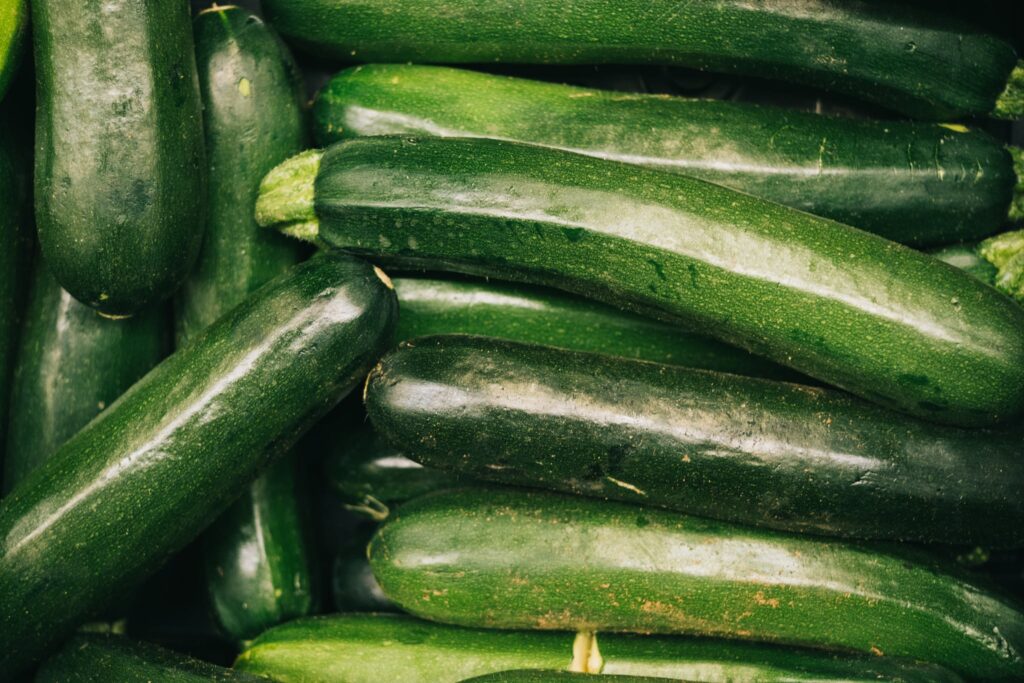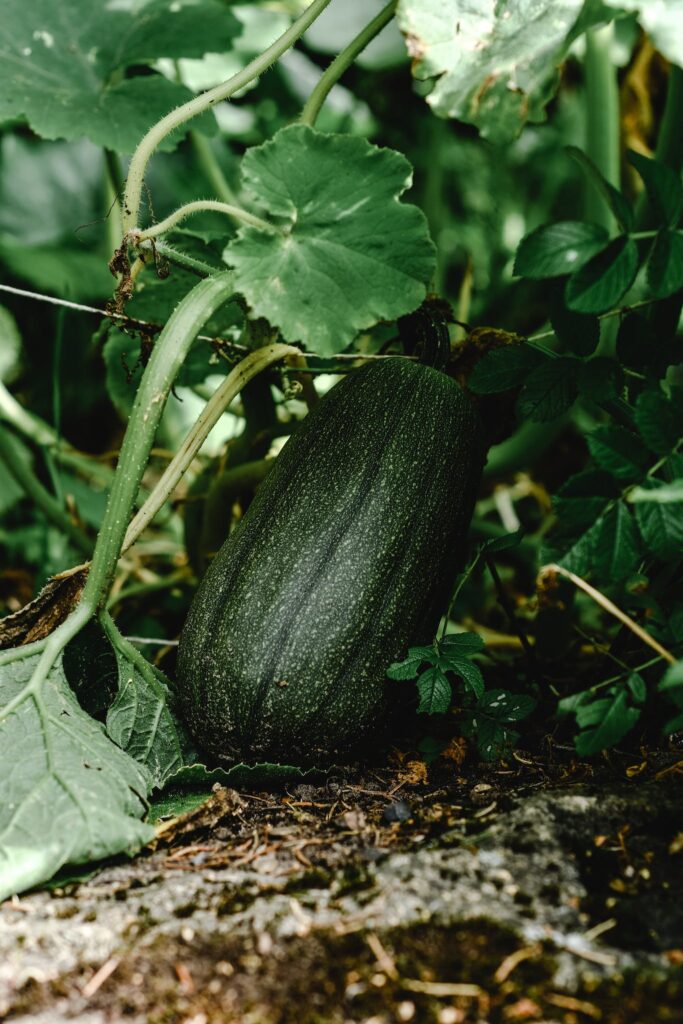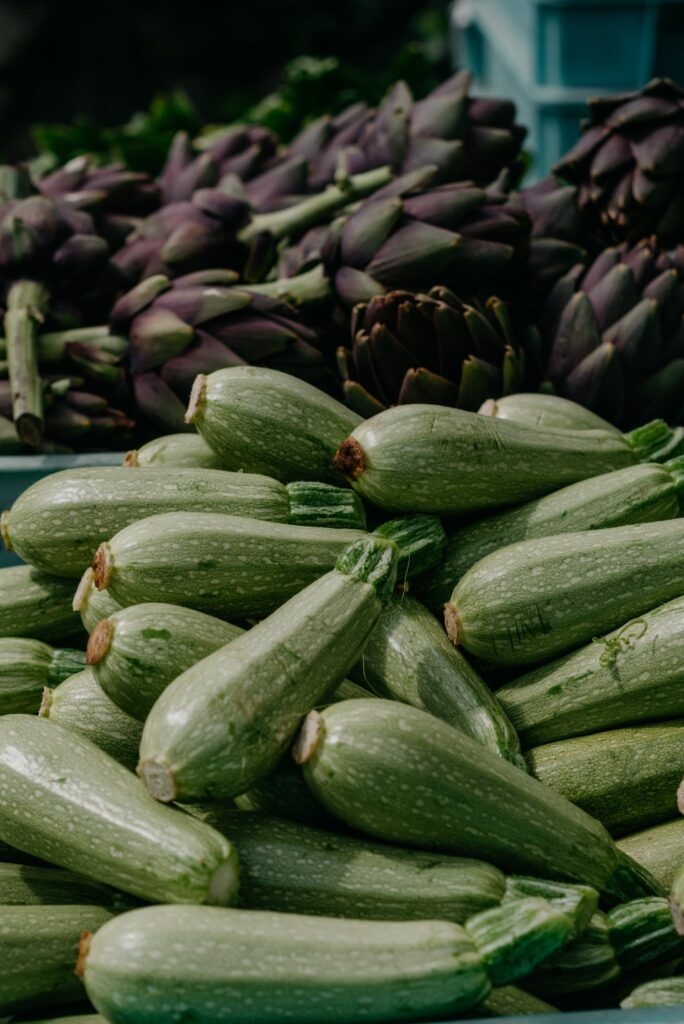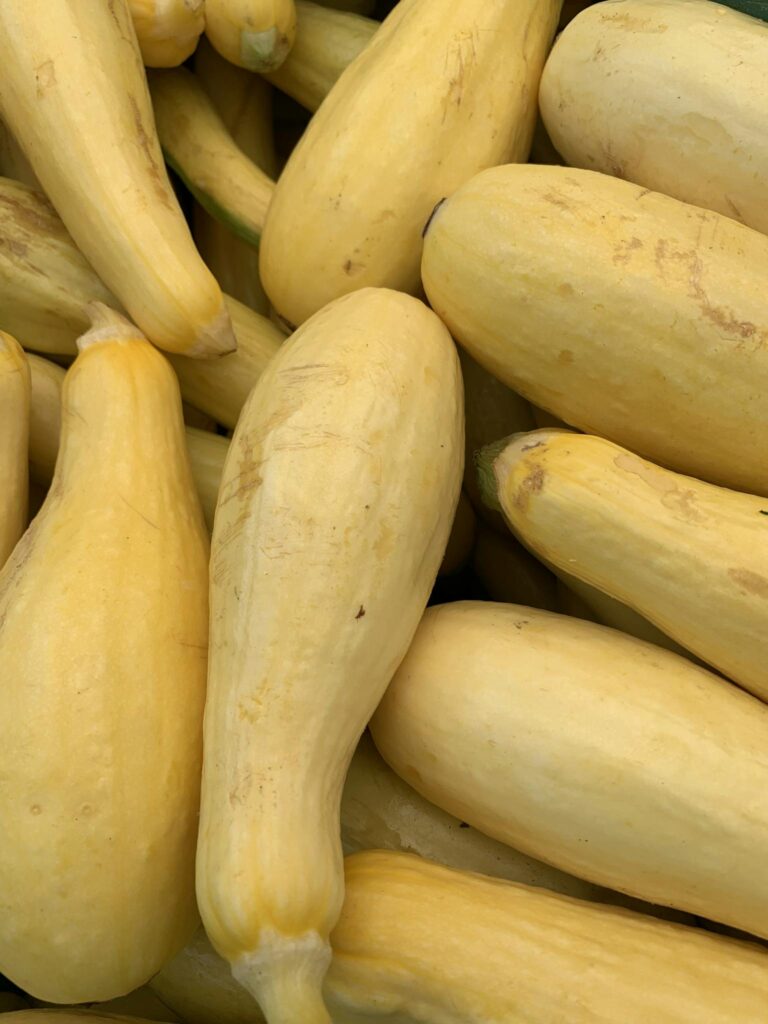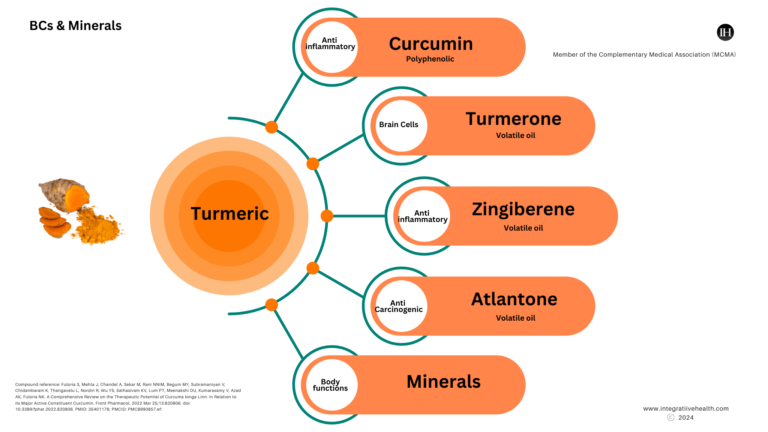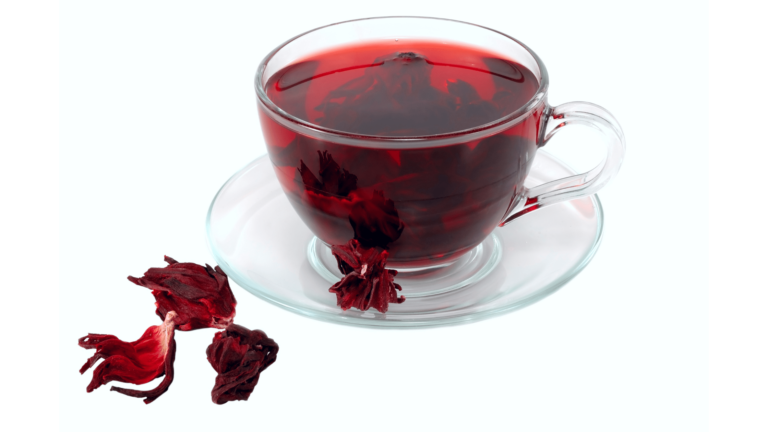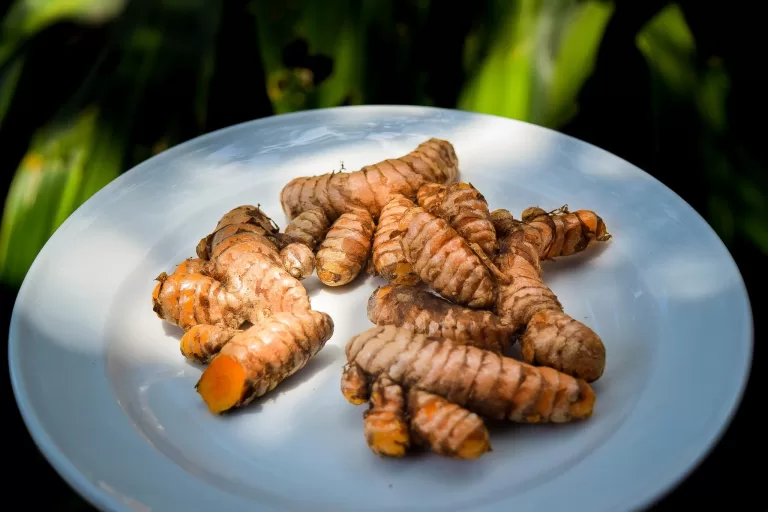Courgette The Powerful Dietary Therapeutic: Why?
Courgette, or zucchini, is a high-value plant vegetable with a subtle taste and delicate texture. It is rich in nutritional and medicinal properties, making it an exceptional addition to a well-balanced diet.
Notably, it is rich in essential minerals, carotenoids, vitamin C, and phenolic compounds.
Courgette has antioxidative and anti-inflammatory properties, and it contains bioactive compounds such as lutein, β-carotene, zeaxanthin, and dehydroascorbic acid.
These properties may help prevent chronic diseases and provide preventive actions through diet.
Similarly, in traditional sciences, such as Ayurveda, courgette balances the bioelements Vata and Pitta and has a wide range of medicinal benefits.
Article Key Points
This article discusses why courgette is a rich dietary component, including:
- Its nutritional values and therapeutic actions.
- Bioavailability of its nutritional and therapeutic values.
- Key compounds and any related case studies.
- An Ayurvedic overview.
- Methods to consume courgette.

1. Courgette: Cucurbita Pepo
Courgette, also known as zucchini, is a type of summer squash with the Latin name Cucurbita pepo. It is sometimes referred to as baby marrow or other names.
| Zucchini | Squash | Baby Marrow | Field Pumpkin |
It is a type of squash and belongs to the wider Cucurbitaceae family (Gourd/Marrow) of plant vegetables. It is said to be native to the Mesoamerican region.
Soil pH Level
Specifically, it is a warm-season crop and grows best in well-drained soil with a pH range of 6.0 to 6.8.
The Plant
The courgette plant produces large, lobed leaves and yellow, trumpet-shaped flowers that are edible and often used in cooking.
Fruit From The Plant
The fruit, harvested when young and tender, can be consumed raw or cooked and is commonly used in various dishes, including soups, stews, casseroles, and salads.
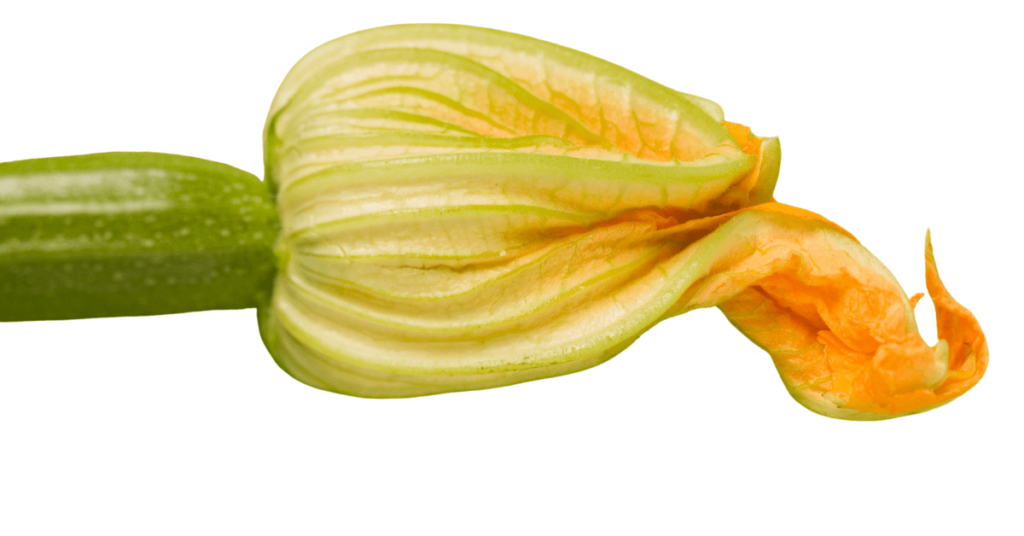
Colour Range
The colour range of courgette includes the fruit’s dark green to light green shades and the vibrant yellow-orange colour of its flowers.
The courgette plant produces large, green leaves and bright yellow-orange flowers that are edible and often used as food ingredients.
Its flowers are typically harvested in the morning when fully open and at their most flavorful.
Importance Of Its Colour Properties: Pigments, Carotenoids
The colour of courgette fruit is not just for aesthetics, but it also indicates the presence of important nutrients.
Secondly, the fruit’s yellow and orange hues indicate the presence of beta carotene and the carotenoids lutein and zeaxanthin, which are associated with eye, neuroprotective, and immune properties.
Light Green > Green > Yellow
- Organic Green Courgette
- Organic Green Courgette
- Courgette Flower Head
- Organic Light Green Courgette
- Organic Yellow Courgette
2. Courgette Nutritional Value
According to the United States Department of Agriculture (USDA), the nutritional values are based on a standard measurement.
One cup of chopped courgette, approximately 124 grams of uncooked courgette, including its skin, contains the following:
| Water | 118 g |
| Energy | 86.8 kJ |
| Protein | 1.5 g |
| Fiber, total dietary | 1.24 g |
| Sugars, total including NLEA | 3.1 g |
| Calcium, Ca | 19.8 mg |
| Iron, Fe | 0.459 mg |
| Magnesium, Mg | 22.3 mg |
| Phosphorous, P | 47.1 mg |
| Potassium, K | 324 mg |
| Sodium, Na | 9.92 mg |
| Zinc, Zn | 0.397 mg |
| Copper, Cu | 0.066 mg |
| Manganese, Mn | 0.219 mg |
| Selenium, Se | 0.248 ug |
| Vitamin C, total ascorbic acid | 22. 2 mg |
| Folate, total & Folate, food | 29.8 ug |
| Choline, total | 11.8 mg |
| Vitamin A, RAE | 12. 4 ug |
| Carotene, beta | 149 ug |
| Vitamin A, IU | 248 IU |
| Lutein + Zeaxanthin | 2630 ug |
| Vitamin K (phylloquinone) | 5.33 uug |
| Vitamin E (alpha-tocopherol) | 0.149 mg |
| Other Vitamins in 0. amounts | Thiamin, Riboflavin, Niacin, Pantothenic acid, Vitamin B-6 |
Also, courgettes are a low-calorie food source but rich in bioactive compounds.
In terms of Glycemic Index, courgette has a glycemic index of approximately 15, classifying it as a low glycemic index food.
This may make it a beneficial addition to dietary wellness and help in healthy blood sugar balance.
Courgette: Low Glycemic Index 15
3. Phytotherapeutic Properties: Case Study
Based on the nutritional and bioactive compounds, we examine an available (in vivo & in vitro) study, from 2017 conducted by Martínez-Valdivieso et al (PubMed).
Study Aim
The study aimed to assess the potential role of zucchini and its components in modulating degenerative processes.
Focus
Their investigation focused on evaluating zucchini’s genotoxicity, anti-genotoxicity, cytotoxicity, and apoptotic effects.
Findings
The study’s findings revealed that zucchini exhibited significant anti-genotoxic and apoptotic effects.
Specifically, the epicarp and mesocarp of two varieties of C. pepo and its active compounds (lutein, β-carotene, zeaxanthin and dehydroascorbic acid) played a role in this.
To help understand this in more detail, here are some definitions below.
Epicarp
The epicarp is the outermost layer of the pericarp, which is the part of the fruit that surrounds the seeds. It is often referred to as the skin or peel of the fruit.
Mesocarp
The mesocarp is the fleshy middle layer of a fruit that surrounds the seeds. It is responsible for providing nutrients and protection to the seeds.
Based on these results, it suggests that zucchini could be a protective agent against degenerative diseases as part of a well balanced diet.
| Anti-Inflammatory | Anti-Oxidant | Anti-radical |
| Anti-carcinogenic | Antiviral | Antimicrobial |
| Analgesic | Anit-mutagenic | Antiproliferative |
For the full study, details can be found here: Martínez-Valdivieso, D.; Font, R.; Fernández-Bedmar, Z.; Merinas-Amo, T.; Gómez, P.; Alonso-Moraga, Á.; Del Río-Celestino, M. Role of Zucchini and Its Distinctive Components in the Modulation of Degenerative Processes: Genotoxicity, Anti-Genotoxicity, Cytotoxicity and Apoptotic Effects. Nutrients 2017, 9, 755. https://doi.org/10.3390/nu9070755
Relevance of Colour Variations
Also, the “Yellow” courgette carotenoid content is significantly higher than that of the “Light Green” variety. However, the Green variety still maintains a rich profile of compounds, as described above.
Pro-Apoptotic Properties: Anti-Carcinogenic
According to the Martínez-Valdivieso et al. (2017), β-carotene and the epicarp of both types of courgette were found to induce apoptosis effectively.
This confirms courgette has potential anti-carcinogenic activity. It suggests their direct cytotoxic effect is enhanced further due to their antioxidant properties.
Here are two important points from Martínez-Valdivieso et al. (2017):
- Its ability to inhibit significantly the H2O2-induced damage.
- Its capacity to exhibit anti-proliferative and pro-apoptotic properties toward HL60 tumor cells

Lutein & Zeaxanthin: Xanthophyll-Rich Foods
Lutein and Zeaxanthin are carotenoids and two crucial nutrients present in various plants. Essentially, they are pigments produced by plants. They belong to the xanthophylls group.
Both phytochemicals have beneficial effects on the eyes and neuroprotective properties.
Courgette contains lutein and zeaxanthin.
Macula Pigments
In particular, cataracts and age-related macular degeneration. This is also because L+Z are the only dietary carotenoids accumulating in the retina, specifically in the macula, hence the name macula pigments.
In addition to their benefits for eye health, Lutein and Zeaxanthin are associated with other phytotherapeutic advantages.
Therapeutic Properties
Several studies suggest that Lutein and Zeaxanthin may contribute to cardiovascular health, cognitive function, and their ability to scavenge free radicals.
For instance, the research conducted by Mrowicka, M., Mrowicki, J., Kucharska, E., and Majsterek, I. (2022) in their study titled;
“Lutein and Zeaxanthin and Their Roles in Age-Related Macular Degeneration—Neurodegenerative Disease” published in the journal Nutrients.
The research indicates that Lutein and Zeaxanthin are associated with neuroprotective effects when used as complementary therapies alongside carotenoid phytochemicals. They are also helpful for eyes, skin, heart and intestines.
Vitamin C In Courgette
According to the USDA, it is estimated that 124 grams of uncooked courgette contains approximately 22.2 mg of Vitamin C.
Vitamin C, or ascorbic acid, is an essential nutrient. Courgettes are a good source of vitamin C, which plays an important role in collagen production. Collagen is a protein that helps maintain healthy skin, bones, and joints. Vitamin C plays a crucial role in collagen synthesis.
Obtaining Vitamin C regularly from a natural diet can be body-friendly.
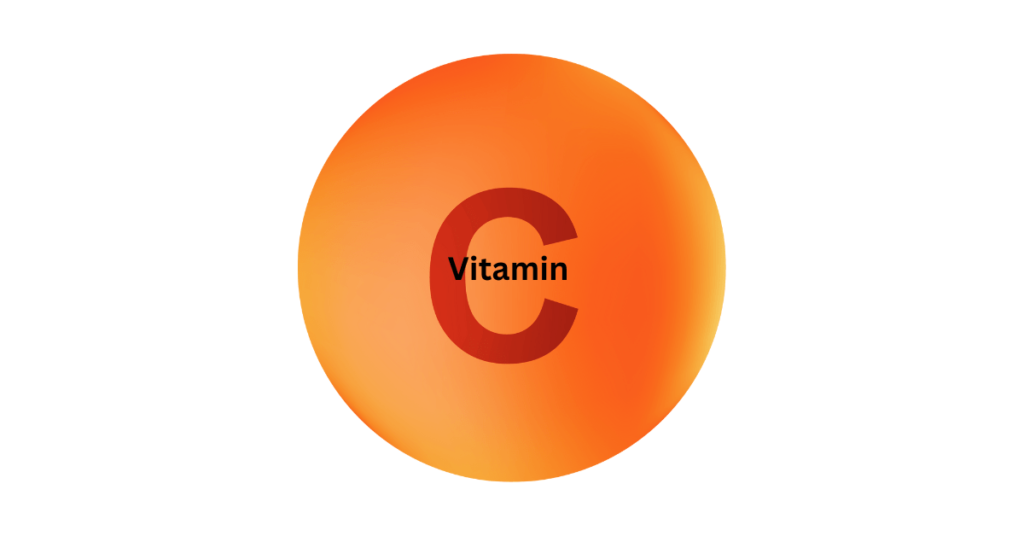
4. Accessing Its Bioavailability: Raw & Cooked, Food Matrix Effect
Whilst considering the plant and fruits several dietary nutrients, it is important to understand the bioavailability of their profile.
Bioavailability refers to the portion of a nutrient that can be absorbed and utilized by the body.
It is influenced by various factors, such as the form of the nutrient and the food matrix effect, and individual factors, such as age, health status, and genetics.
Foods can change in property value and effect when taken raw or cooked.
Food Matrix Effect
The food matrix effect involves nutrient bioavailability and digestion, the interaction of compounds in the food with the body and how the body processes it to obtain benefits.
The way in which nutrients are presented in the food matrix can influence the way the body processes them, which can, in turn, affect the body’s response to the food.
Courgette contains a high water content around 95%
Optimising Dietary Value
Additionally, there are several ways to consume a food source, such as a plant-vegetable.
Consumption methods should be given importance to achieve optimal nutritional value and obtain therapeutic properties from inherent bioactive compounds.
Interestingly, this aspect is crucial to Ayurvedic scientific principles and is similar to gastro-molecular science.
Subsequently, heat-sensitive substances can be partially destroyed during the cooking process.
Raw Courgette or Cooked With Gentle-Gradual Heat
Courgettes can be eaten raw or cooked with gentle and gradual heat. Generally, their active water content may be preserved and this may have certain advantages.
For example, some raw fruits and vegetables can contain higher levels of vitamins, minerals, and enzymes than cooked counterparts.
Here are some points to consider:
- Not all plant vegetables can be eaten raw.
- Cooking may even promote its bioavailability depending on the food type.
- In Ayurveda, excessive intake of raw foods can also deplete the body despite a healthy diet. Therefore, a well-balanced approach is recommended.
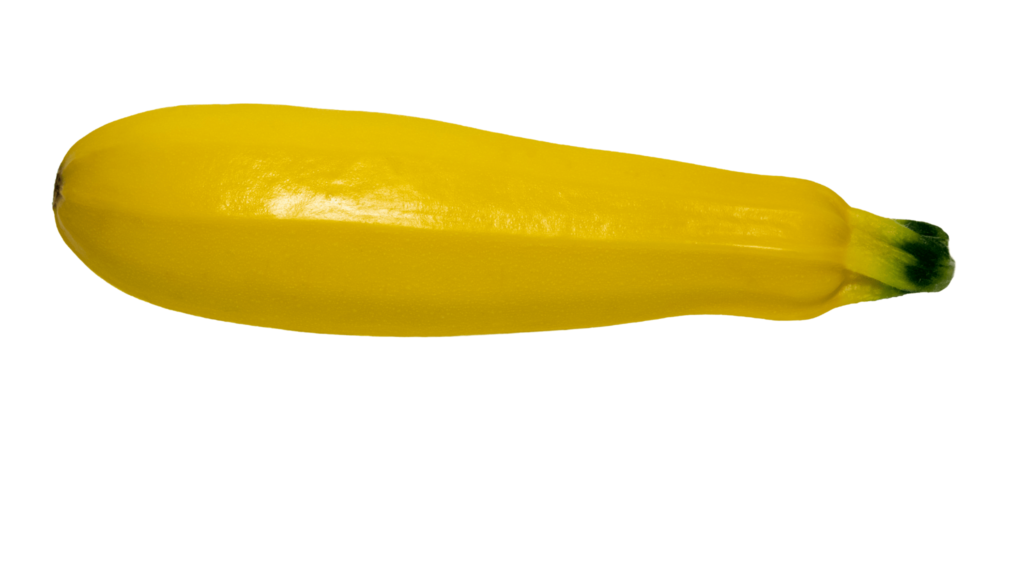
Wet Steam Or Gradual Dry Heat
Secondly, the bioavailability of certain nutrients may also be enhanced when heat is applied.
- Wet heat such as steamed or gentle-gradual dry heat can be applied to the courgette.
- Steaming, for instance, is a gentle cooking method that helps retain nutrients while making them more accessible for digestion.
- Steaming breaks down plant cell walls, which can make it easier to absorb nutrients like vitamins and minerals. Additionally, steaming can improve the digestibility and palatability of courgettes.
Heat Sensitivity: Implications
Conversely, Vitamin C can be sensitive to heat and partially lost when excessive heat is applied.
- One way to use gradual heat is by using an unglazed earthen pot.
- Ayurvedic principles suggest that an earthenware pot is pivotal in nutrient preservation, food pH balance and compounds’ release.
Best Way To Consume Courgette
According to Ayurveda, the preferred way to prepare courgette is by steaming or gradually cooking it until it is slightly tender. In hot months, however, raw salad can also be consumed.
Selecting A Source: Organic Versus Non-Organic (High-O)
The difference between an organic courgette and a conventionally sourced one primarily lies in the cultivation method and the use of chemicals.
Organic courgettes are grown using organic farming practices, which prohibit the use of synthetic fertilizers, pesticides, and genetically modified organisms (GMOs).
Conversely, conventional courgettes are typically grown using conventional farming methods, which may involve synthetic fertilisers, pesticides, and GMO seeds.

Case Study: Organic source
To investigate the advantages of organic sources, we refer to a study conducted by Kopczyńska et al. (2020).
“The Profile of Selected Antioxidants in Two Courgette Varieties from Organic and Conventional Production”
Firstly, Kopczyńska et al. (2020) highlight the significance of courgette as a valuable source of health-enhancing phytochemicals. Suggesting this is due to phenolic acids, flavonoids, vitamin C, and carotenoids.
Findings: Higher Concentration of Phenolics
Despite considerable variations in the composition of courgette fruit from year to year, most measured phenolics have exhibited higher concentrations in organic courgette fruits than their non-organic counterparts.
The findings underscore the potential benefits of organic cultivation in enhancing the antioxidant content of courgettes.
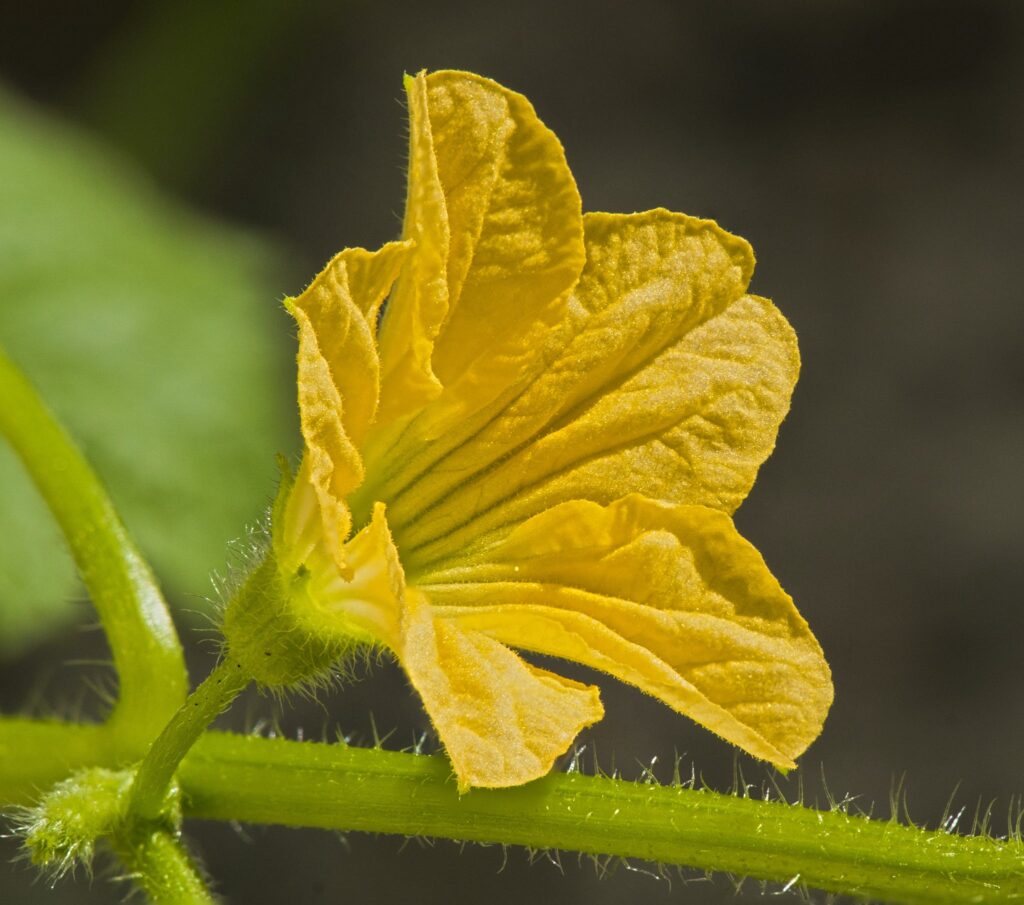
5. Ayurvedic Science
Regarding Ayurvedic sciences, courgettes are beneficial in alleviating aggravated Vata and Pitta imbalances, according to Ayurveda. This is due to its cooling properties.
Ayurveda mentions the usage of marrows and gourds, with the courgette being a member of the marrow and gourd family.
While predominantly native to Mesoamerica, courgette use as a medicinal dietary source is similar to the use of other documented marrow and gourds.
Here are some associated therapeutic actions:
- Gut friendly
- Light and easy to digest, cleansing
- Used in liver and GI anti-inflammatory soup
- Diuretic qualities
Three Ways To Consume Dietary Courgette
- A bowl of steamed zucchini topped with pink Himalayan salt and a spoonful of coconut oil.
- For a room temperature salad, toss raw zucchini with lemon juice, natural salt, and black pepper to taste.
- Courgette and green mung bean soup cooked with turmeric or other herbs, sunflower or pumpkin seeds.
Summary
To conclude, courgette is rich in bioactive compounds with significant dietary advantages. For instance, beta carotene, Lutein and zeaxanthin, dehydroascorbic acid, Vitamin C, Vitamin A, Magnesium, Calcium and several others.
Because of its profile is associated with dietary therapeutic actions such as neuroprotective, cardioprotective, eye-protective, and anti-carcinogenic properties.
Several modern studies have also linked its pro-apoptotic influence, making it a positive input for an anti-inflammatory and a sort of anti-carcinogenic source of nutrition.
What has been acknowledged by traditional sciences, such as Ayurveda, in terms of dietary health is becoming more prominent today. Courgette is an easy-to-use and versatile plant-vegetable.
Lastly, Lopresti et al. (2022) suggest that the fat-soluble Lutein and zeaxanthin are dietary carotenoids that are fat-soluble and are associated with cognitive function and neuroprotective effects.
Although courgette can be eaten raw, one of the best ways to consume it is by gentle steam or heat as it aids digestion.
Suitability
Courgettes are easy to digest and can be consumed frequently in a balanced diet. For personalized dietary plans and suitability, consult a professional.
Precautions
It is essential to seek professional guidance before altering your diet and to check if any diet or wellness routine is appropriate for someone pregnant, allergic, or has chronic health concerns.
This is an informational post only and does not constitute professional advice.
Informational Video: Courgette & Dietary Value
InteGratiive Spotlight
It is currently accepted that diet affects the overall process of carcinogenesis by different mechanisms: its constituents may contain cancer-causing substances as well as many cancer-preventive agents. Inappropriate dietetic habits are estimated to be the cause of more than one third of cancer deaths. More than 20,000 species of plants are used in traditional medicines, alleged to be all potential reservoirs for new drugs
Martínez-Valdivieso, D., Font, R., Fernández-Bedmar, Z., Merinas-Amo, T., Gómez, P., & Alonso-Moraga, Á. (2017). Role of Zucchini and Its Distinctive Components in the Modulation of Degenerative Processes: Genotoxicity, Anti-Genotoxicity, Cytotoxicity and Apoptotic Effects. Nutrients, 9(7). https://doi.org/10.3390/nu9070755
References & online sources
- Martínez-Valdivieso, D., Font, R., Fernández-Bedmar, Z., Merinas-Amo, T., Gómez, P., & Alonso-Moraga, Á. (2017). Role of Zucchini and Its Distinctive Components in the Modulation of Degenerative Processes: Genotoxicity, Anti-Genotoxicity, Cytotoxicity and Apoptotic Effects. Nutrients, 9(7). https://doi.org/10.3390/nu9070755
- Lopresti, A. L., Smith, S. J., & Drummond, P. D. (2022). The Effects of Lutein and Zeaxanthin Supplementation on Cognitive Function in Adults With Self-Reported Mild Cognitive Complaints: A Randomized, Double-Blind, Placebo-Controlled Study. Frontiers in Nutrition, 9. https://doi.org/10.3389/fnut.2022.843512
- Mrowicka, M., Mrowicki, J., Kucharska, E., & Majsterek, I. (2022). Lutein and Zeaxanthin and Their Roles in Age-Related Macular Degeneration—Neurodegenerative Disease. Nutrients, 14(4). https://doi.org/10.3390/nu14040827
- Glycemic index: https://glycemic-index.net/zucchini/
- Popkin, B. M., & Rosenberg, I. H. (2010). Water, Hydration and Health. Nutrition Reviews, 68(8), 439. https://doi.org/10.1111/j.1753-4887.2010.00304.x
- Royal Horticultural Society: https://www.rhs.org.uk/advice/grow-your-own/features/fascinating-facts-and-figures-courgettes
- Kopczyńska, K., Kazimierczak, R., Średnicka-Tober, D., Barański, M., Wyszyński, Z., Kucińska, K., Perzanowska, A., Szacki, P., Rembiałkowska, E., & Hallmann, E. (2020). The Profile of Selected Antioxidants in Two Courgette Varieties from Organic and Conventional Production. Antioxidants, 9(5). https://doi.org/10.3390/antiox9050404
- United States Department of Agriculture: https://fdc.nal.usda.gov/fdc-app.html#/food-details/169291/nutrients
- Author: MCMA, MA. Hunjan, G. G. (2024, November 16). Courgette the powerful dietary therapeutic: why?InteGratiiveHealth. https://integratiivehealth.com/courgette-the-powerful-dietary-therapeutic-why/


